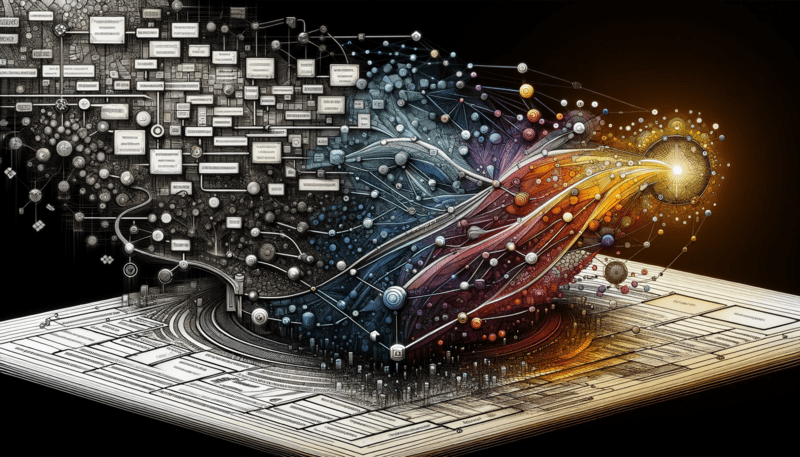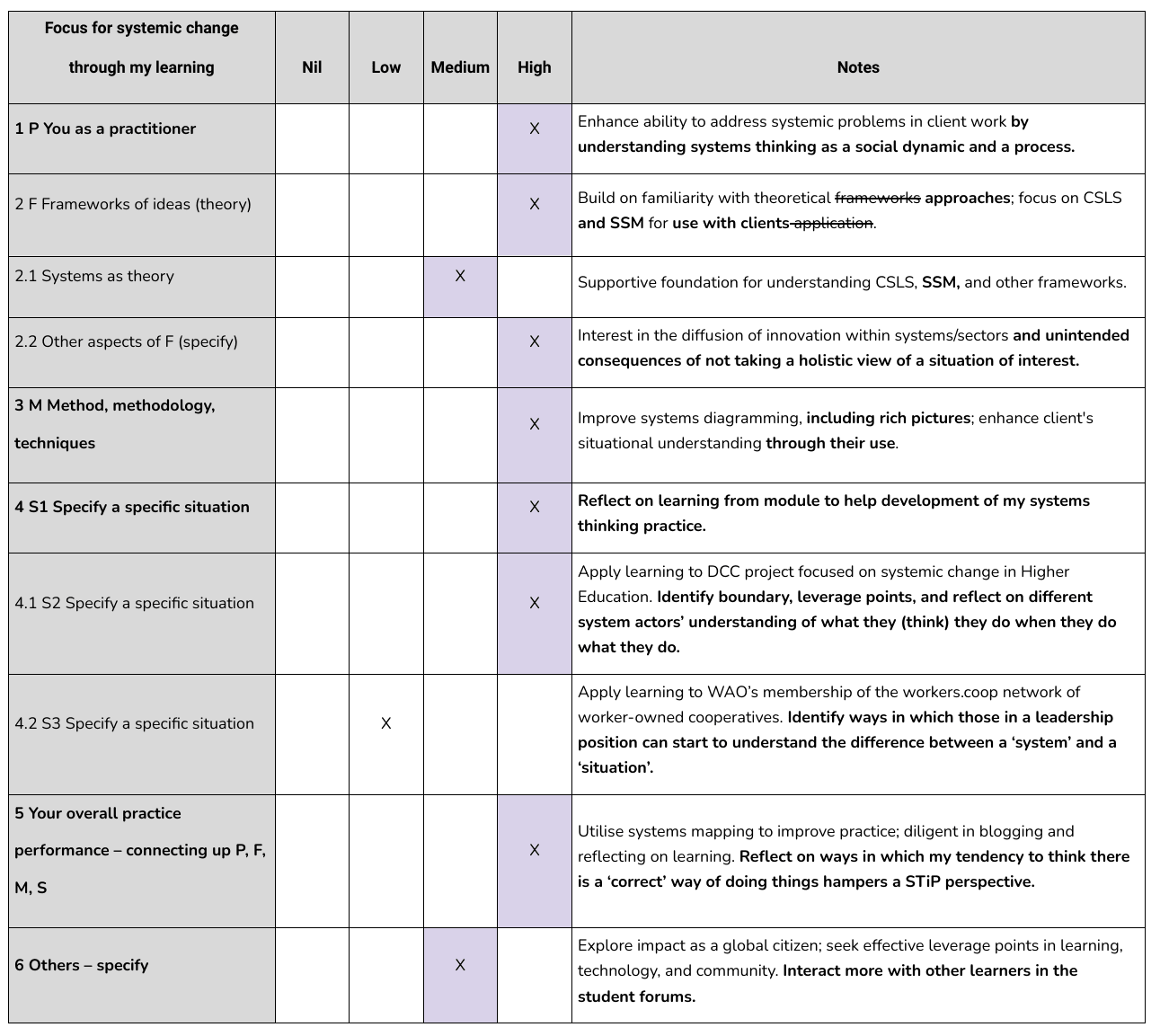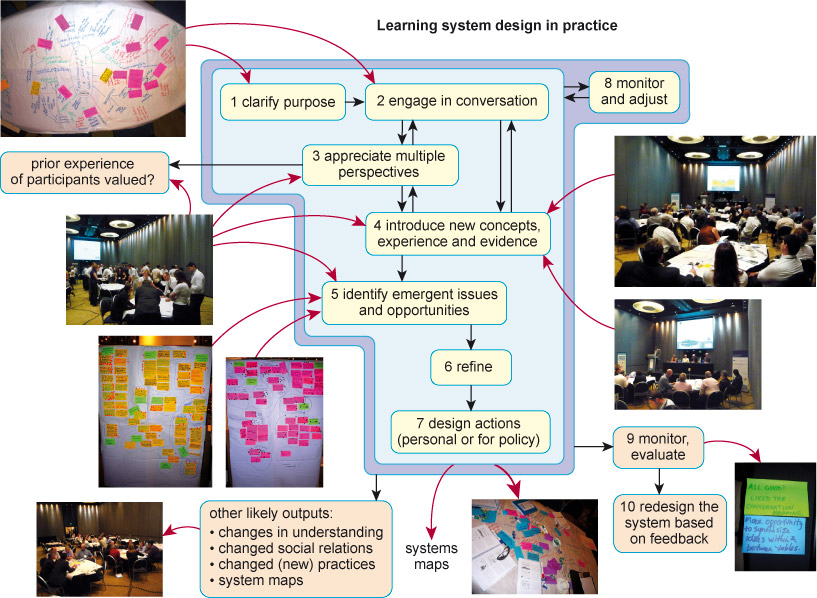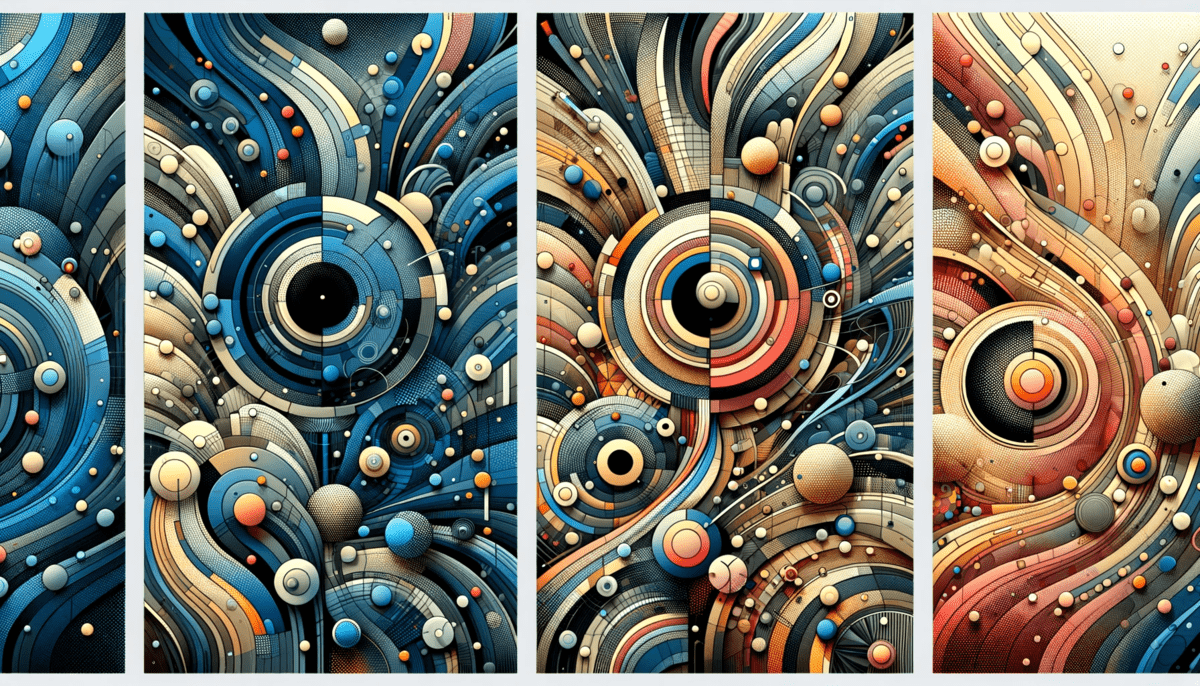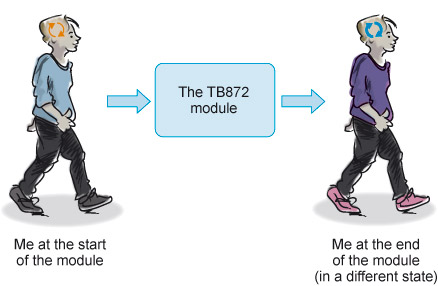TB871: Nominating an area of practice
Note: this is a post reflecting on one of the modules of my MSc in Systems Thinking in Practice. You can see all of the related posts in this category.
In my last post, I realised that I might be quite interested in focusing on library provision as my area of practice. The module materials give the following guidance:
(Open University, 2020)
- interest – the area must invite your own personal interest, which may usefully be an existing or aspiring professional area of practice, but may alternatively be an area of more general interest
- practice – the area must have an associated central element of practical change, signalled by an adverb associated with some practical activity such as control, regulation, management or reduction
- scope – don’t define an area of practice too narrowly (perhaps use ‘immigration control’ rather than ‘checking passports’), and try to include different hierarchical levels (the practice may have local, national or international ramifications, or may include elements of policy planning, management planning and operational planning)
- perspectives – the area of practice should invite different viewpoints and associated meanings
- uncertainty – there should be significant possibilities of unforeseen change.
I have a personal interest due to using the library (I am right now!) and improving use of the library is a management issue. The scope is sufficiently wide, I think, even though I’m tempted only to focus on my local library. There are different perspectives on this issue, as evidenced by the group I was part of that dealt with the problem in the workshop earlier this week. And there is plenty of uncertainty with cuts to council budgets, changing demographics, and an upcoming General Election.
| Term | Example | Definition |
|---|---|---|
| Area of Practice | Library Provision | Generalised role or area of responsibility, identifying generic types of concerns in library services. |
| Situation of Interest | Current concerns about use of public libraries in Northumberland | More specific area of concern, situation or event that is perceived by someone as calling for some kind of intervention. |
| System of Interest | System to increase uptake of libraries in Northumberland | Particular arrangement of activities associated with a situation designed to achieve a particular purpose of boosting library usage. |
I’m going to share this idea in the student forums (Activity 1.14) along with the diagram below which I created with Whimsical with a bit of help by prompting GPT-4 (Activity 1.15).
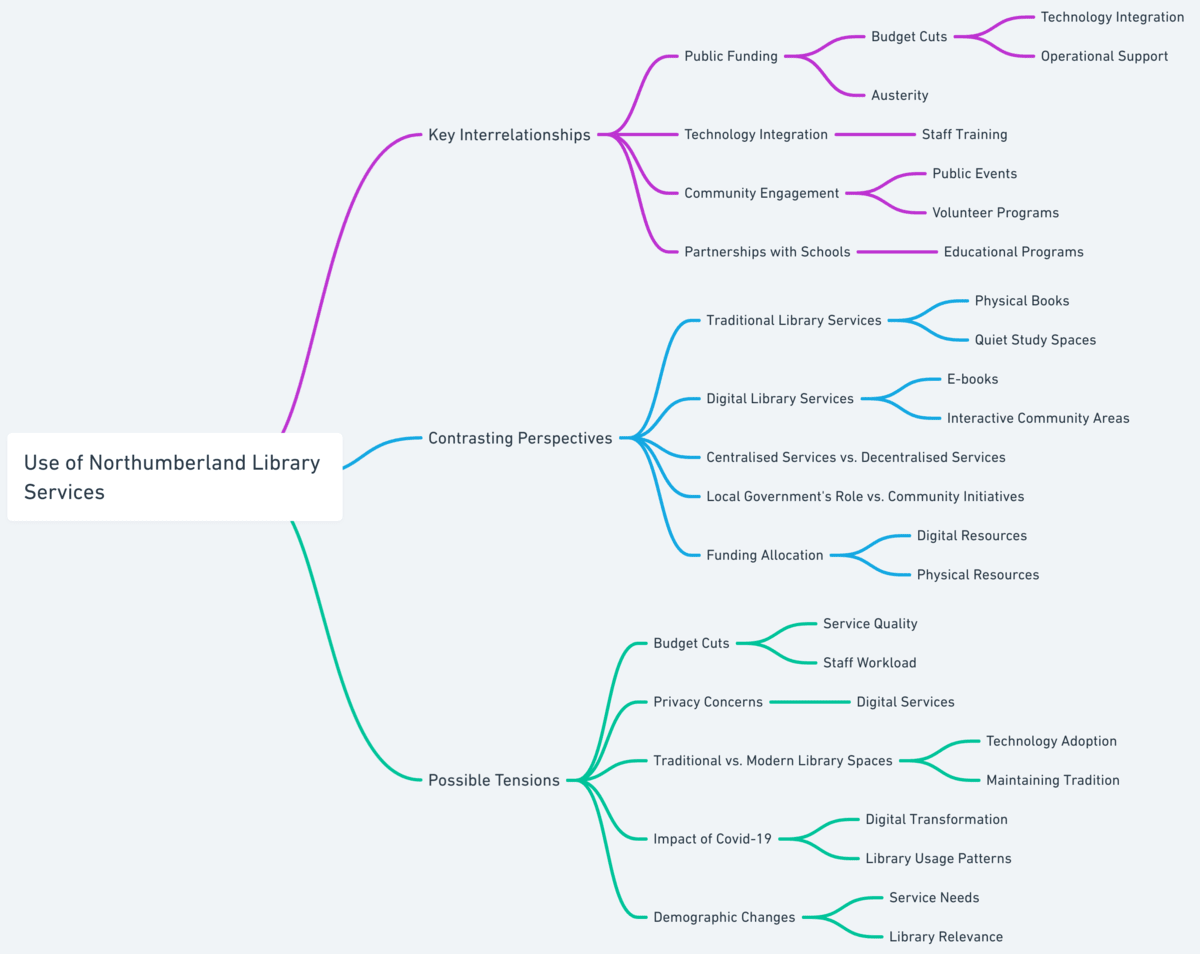
Given a bit more time, which I’ll probably spend when we get to the first assessment, I could spend some time linking and renaming things. But I think this is enough to go on for now.
References
- The Open University (2020) ‘1.3.4 Nominating an area of practice’, TB872 Block 1 Systems and Strategy [Online]. Available at https://learn2.open.ac.uk/mod/oucontent/view.php?id=2261477§ion=4.4 (Accessed 17 May 2024).

